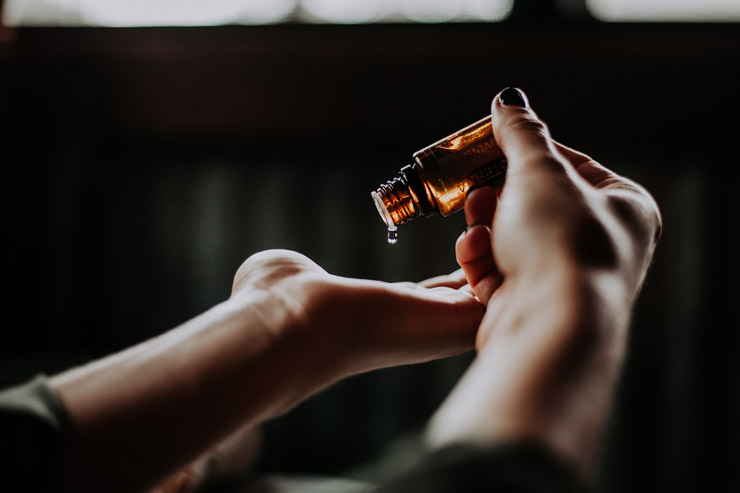
Try these 6 old-school practices to prevent illness and disease
—
There’s been a recent trend in western countries of returning to centuries-old traditions when it comes to healing — and it’s about time.
We’re in the midst of an opioid epidemic, and dependency on prescription drugs is a real killer. Naturopathic doctors prioritize the most conservative treatments first, an approach everyone should take. More intense treatments, including drugs, come with inherent risks. There’s also the chance of building up a dependence (which is what happens when opioids are over-used).
Non-traditional remedies have the potential to treat common diseases and illnesses as well as prevent them. Preventative care is always the best approach, but people often wait until it’s too late. This is rarely their fault. Access to medical care and fear of bills play a significant role in making people wait too long to get help.
You can start practicing preventative care now to stop dangerous habits, and it doesn’t always require starting a regimen. Here are a few ways you can go old-school and prevent myriad diseases:
-
Decrease drinking
With early sobriety, you can nip pending problems in the bud. Excessive alcohol consumption is tied to a number of diseases, the most prevalent of which is liver disease. However, it can also exacerbate diabetes and cause obesity, along with many other health concerns. The earlier you get help to decrease or stop drinking, the healthier you will be for life.
-
Turmeric for an immunity boost
Turmeric is a powerful spice, very prevalent in India and the Middle East, but isn’t very common in US-based cooking. It has incredible immunity-boosting powers and is also an anti-inflammatory. Turmeric is available in pill form as a supplement, but it can also be added to just about any dish (savory or sweet) for added color. As a spice, it has a very mild flavor. Try shopping at Indian stores for the best turmeric and best prices.
-
Move more
Movement really is a medicine, and many Americans don’t get enough of it. It’s recommended that an adult get 150 minutes of exercise per week, but don’t think it all has to be in the gym. Every little bit adds up. Take the stairs when you can, bike to work or the grocery store a few days, or try out a variety of classes to find the right fit for you. Movement is habitual, so remember that slow and steady is the best course.
-
Reduce processed food intake
Whole, seasonal, local foods are always best. Processed foods are loaded with highly addictive chemicals. If you think you’re addicted, you’re not alone. However, it’s possible to start weaning yourself off these dangerous foods. In some cases, a support group can help. Working with a nutritionist or finding a supportive network of like-minded people can also help you find alternatives and ideas for a healthier diet.
-
Consider an ayurvedic approach
Ayurveda encompasses many things, and you probably won’t be able to do it all—nor would you want to! However, looking into Ayurvedic practices and choosing what works for you can help put you on a healthier path. For instance, designing your workouts and most active periods around the Ayurvedic timetable might help you with time management. Never using extreme temperatures to wash your hair, and only doing so every few days, is an easy ayurvedic habit to incorporate.
-
Practice cognitive reconditioning
Is your internal voice kind? It’s likely that you’re nicer to strangers than you are to yourself. When self-loathing isn’t just prevalent, but revered, in a society, the damage can be intense. Re-learn how to talk to yourself, whether it’s through verbal affirmations or just keeping tabs and correcting yourself when you’re talking negatively to yourself. Reducing gossip can also be a great help. How you speak about yourself and others is powerful because your brain is always working to make your thoughts come true. This will take practice and there will be slips, so be patient — and be kind to yourself.
Natural avenues, when applicable, are always preferable. They can save you time, prevent damages caused by more intense treatments, and are often more affordable.
You may also enjoy reading Root Cause of Disease: Preventing and Healing Illness by Addressing the Emotional Sources, by Maureen Minnehan Jones